|
Throughout the year I had students reflect on the different Approaches to Learning (ATLs) they used and strengthened throughout the process of the Personal Project Report. Now that they have come to write the report, I've given them some further guidance to help them with planning for each strand.
Here's what I shared with them: Today our ESOL students finally found out about the clients they would be designing a living space for. Before we begun, we reminded them that they will need to use empathy to understand their clients needs, (especially as their client is fictional - they really will have to step in their shoes). They would then define their needs and some of the requirements of the living space they would design. We also gave them a reminder that when they start brainstorming and prototyping, they should follow IDEO's Brainstorming Rules. However, we did not get onto that third step yet! We also had students start off by looking at their characters, and using See, Think, Wonder, to help the to understand them better. Students were put into pairs, who they could share their ideas with, and also get more ideas from. Students were having wonderful conversations and getting many ideas down on paper. For an ESOL class this was fantastic and you could see how much vocabulary the students were picking up, (because they were excited about their ideas, they were often looking for words they were unfamiliar with, so they could share their ideas properly). You can read about how we introduced the unit here and how we showed the students how creativity and play helps students design here.
Today we had another lesson for our Living Spaces Unit (Grade 9/10 ESOL). You can read about the introduction to the unit here. The session today was aimed at introducing students to Stanford's Design Cycle and the idea that play can help us be more creative, which can help us with coming up with ideas!
We will soon be starting our living spaces design challenge with the Extraordinaires. Here students will have design for fictional characters. As they are not able to meet or interview with them, they will gather clues from illustrations - they will need to be creative here and will use a certain amount of play to emphasize with their characters.
As a class we watched this TED Talk, with Ideo's Tim Brown -Tales of Creativity and Play. Throughout the video the speaker challenges the audience to do several activities, which we also took part in. If you want to do this too, you need a piece of paper with 30 empty circles, some paper clips and a pencil or paper.
The challenges were:
At the end of the video we all shared out what we made with our paperclips. Prototypes included; a waterslide, earrings, a ring, a pencil holder, a spatula, a crown, hearts, snakes and more!
As this was for an ESOL class I also put key notes on the board throughout the video!
Lastly we ended by looking at IDEO's Brainstorming Rules! Students were each given a print out of these, which they will use in the coming weeks. (You can see more details about each of the rules here - I shared this information with the students verbally).
Our next step is to introduce the characters and have students brainstorm. They will then start ideating and will use various bits and bobs to help them prototype (Lego, Play Doh, etc!)
Watch this space for the next update! Full presentation here.
I'm working on another interactive display for my students (this time, just for my Grade 10 advisory). Link here.
Students will add numbered stickers to a scale. Each number will relate to a different prompt.
The prompts I have so far are:
I am not 100% happy with the prompts I have so far, and I want more! What else should I add? Let me know in the comments. I'll also add a post with photographs once I have done this activity. I'm working with my colleague Helen to teach a unit on Living Spaces to her Grade 9/10 ESOL students. Today we started off the unit by doing a simple activity where students categorized and sorted out different labels. The labels were all different words relating to the house, including everything from parts of the building, through to appliances. I printed out around 35 different words, enough for each pair of students. Round One: Students could sort out the labels however they wanted. This was great, because we could walk around and hear the students justifying their choices, negotiating and compromising and we could both hear and see their thinking easily. It was interesting the different ways students organized the labels in round one, for example some did it room by room, (bedroom, kitchen, etc) and others did it by use, (entertainment, cooking). One group put 'clocks' and 'books' together, and said 'clocks help you read the time, but books help you travel in time'. After teach round students shared their ideas. and told the class how they made their decisions. Round Two: Essential to non-essential Students were told they needed to re-organize, picking the most essential items, right down to the least needed. I did not give them any further instructions, so some organize it as one long list and others pushed some to the 'trash corner' and others put them into, 'things everyone needs, things I need, things no one needs'. It was really interesting to hear the conversations and debates in this group. Most selected thinking of the needs of people in America, themselves or their families. After teach round students shared their ideas. and told the class how they made their decisions. Round Three: Cutting it down Students were then told that they had to cut it down to only ten essential items. Some students even chose items they had previously disqualified, and put them back on the list, after hearing their peers thoughts at end of round two, (for example, someone through 'security' was not important, then after a discussion on why, and different types of security', he put it to the top of his list). I showed students this video, which shows a new material 'concrete canvas', which allows you to build a sturdy, secure structure out of a canvas material, which hardens like concrete. We had a brief discussion about different housing needs across the world, including in developing countries and in relief housing. Then we entered the final round: Round Four: Final Countdown Students had to narrow down their list to five items only. We then compared and contrast and still had not reached a consensus between the groups. Finally the pairs had to narrow down to three items, with everyone picking a bed, a lamp and a sink! This was a really interesting activity, and the students were all engaged throughout. For ESOL students this was a great way of learning new vocabulary (there were a few words some had not heard before) and will definitely stay with them. As we are doing a Design Thinking project next, this also got them to think about people's needs! LASTLY - I talked briefly about library classification, and how books are organized by subject. I told them about the Dewey Decimal System, and how it has pretty much organized everything into ten different categories. If I get a chance soon, I will show them this video I made a few years back, about the Dewey Decimal Classification System: This activity could easily be done for any subject, topic and age range. If you do something similar, I would love to hear about it! Thanks
Understanding Map
I recently posted an entry about an activity I put together using the Understanding Map to look deeply at one photo (of elephants demolishing a hut). Yesterday I had the opportunity to do this again, this time with a small ESOL class. Here are some of their responses from the initial See, Think, Wonder and then the Circle of Viewpoints Activity.
The ESOL teacher asked me to share some interesting technology photos - I sent her some - and she put it straight into her own version of the Understanding Map activity! I am so excited and can't wait to see if this works just as well with the different photograph. I hope to use this activity often, as it really helps student dive deep and to make their thinking visible.
Check out Helen Shayne's Understanding Map about New Technologies!
The activity itself can be easily adapt, by just changing the photograph! Here we added a photograph from the Robot Hotel, to help students discuss the impact technology has on our lives. The conversation and ideas were wildly different, but equally interesting and meaningful.
My Grade 10s have a soft deadline for their product/outcome set for this Friday. This is because next Tuesday they will have a session all about writing the report, and it will be much easier for them to do if their product/outcome is complete. I know this is not always the reality, but I am setting that expectation to encourage them to complete it by this time. In advisory today students will be thinking about the evidence they will submit - Five photographs or 30 seconds video. Here is the presentation they will use for this:
Feel free to make a copy of the presentation and use it for your own school.
|
Archives
June 2023
|
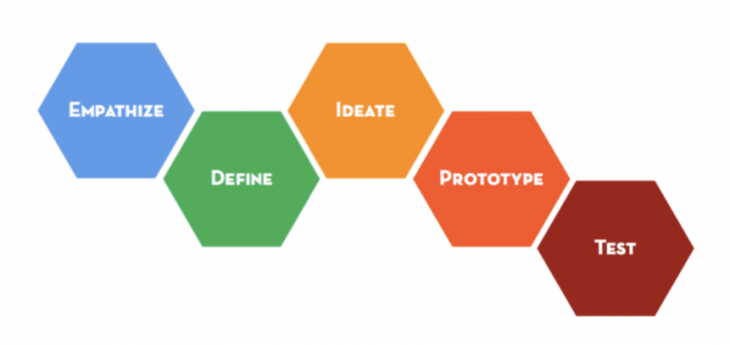
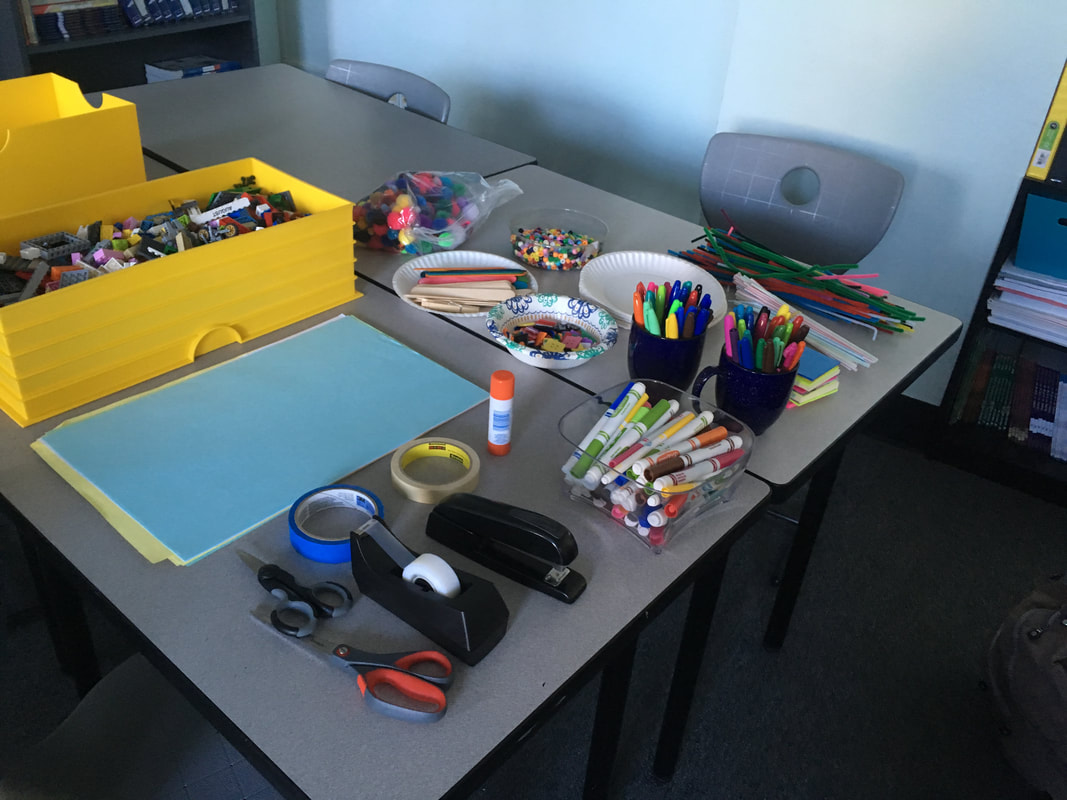
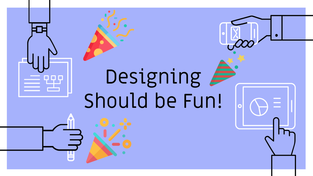
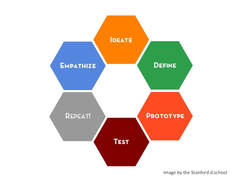
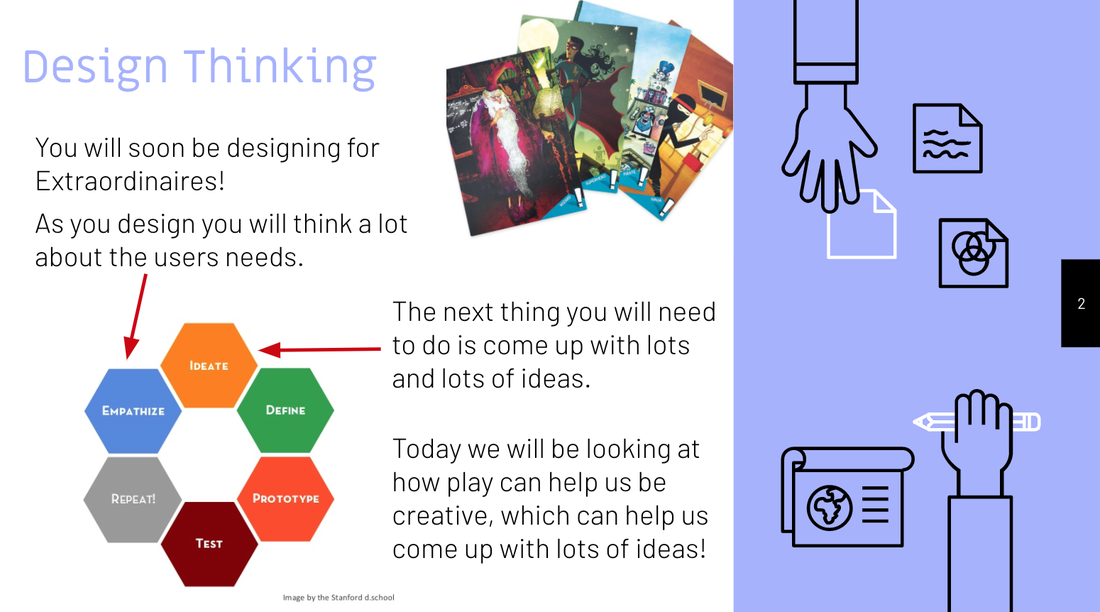
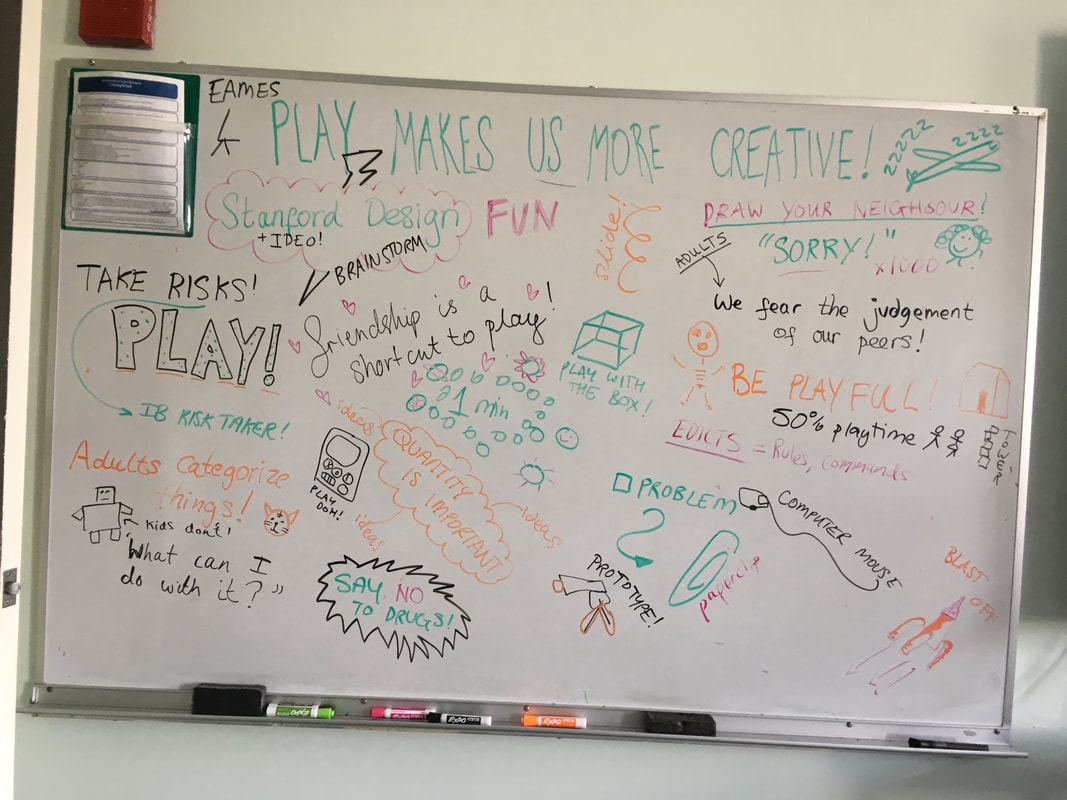
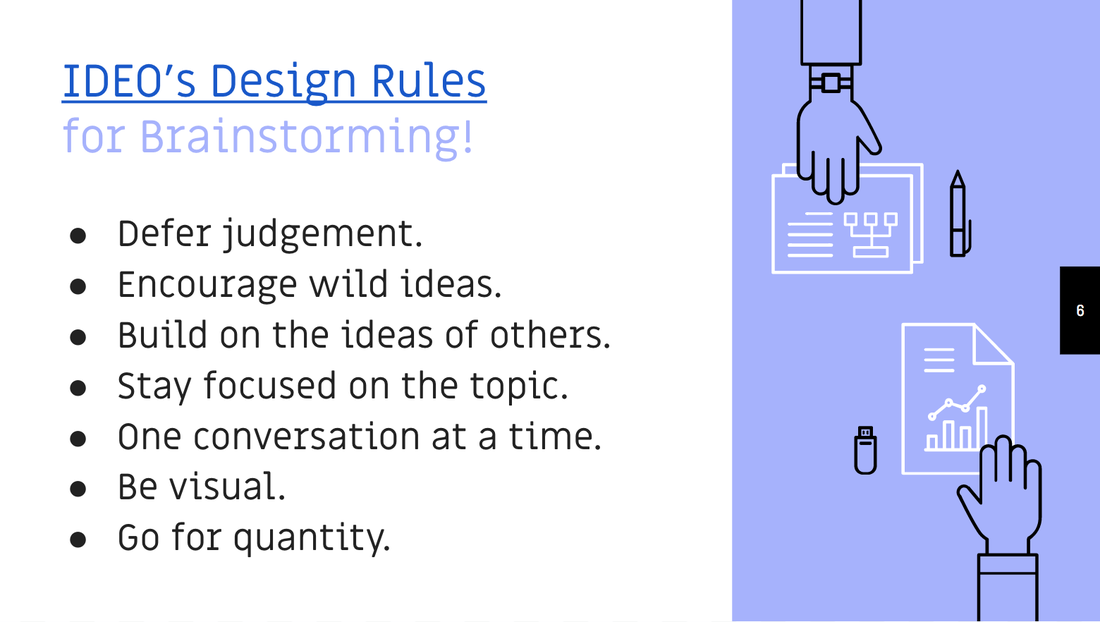
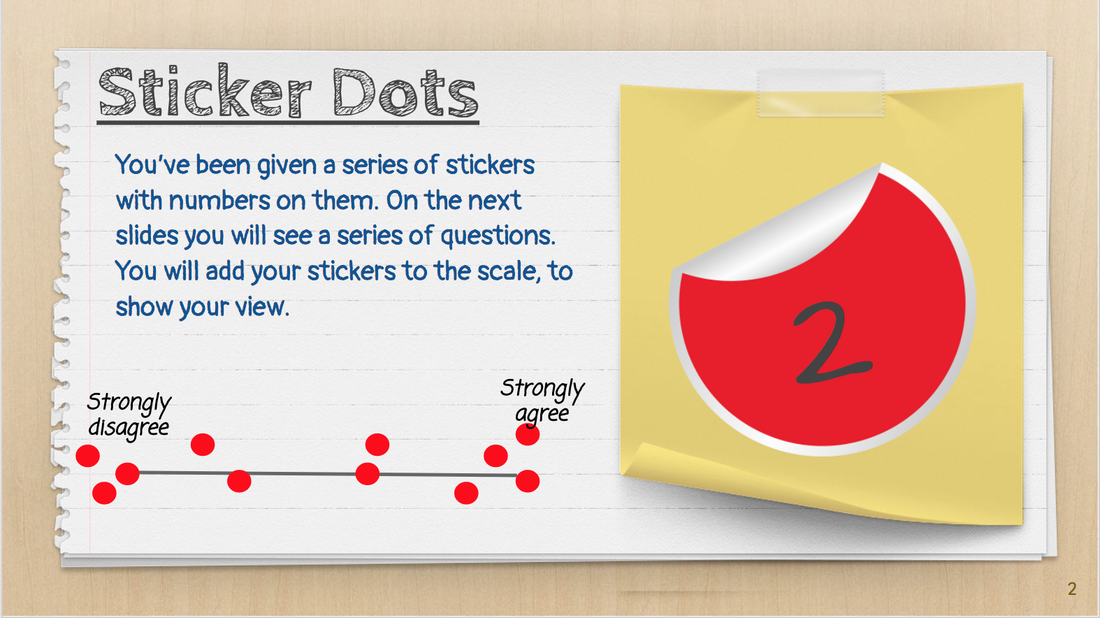
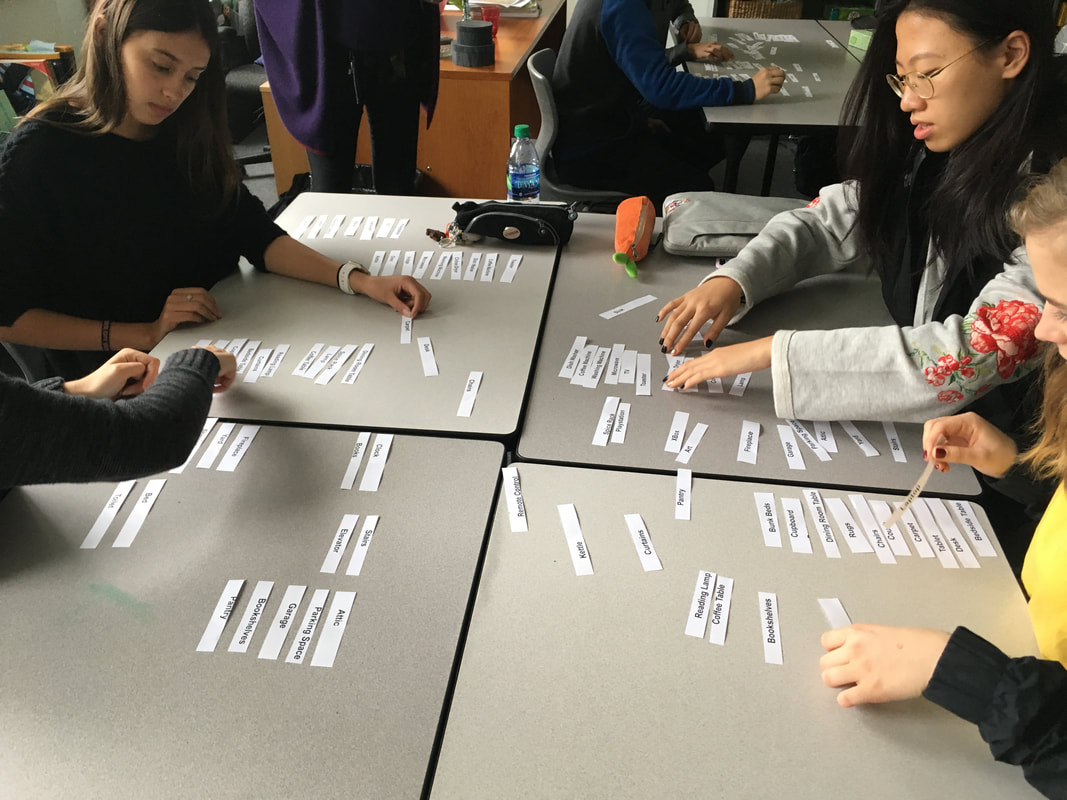
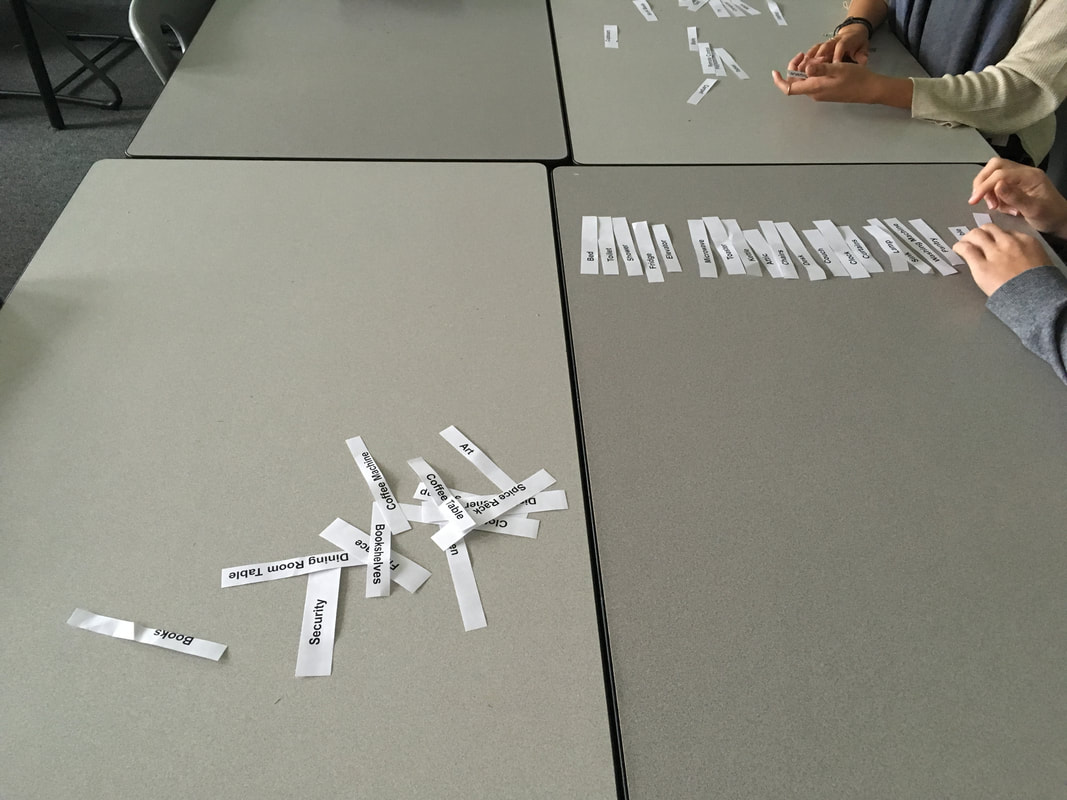
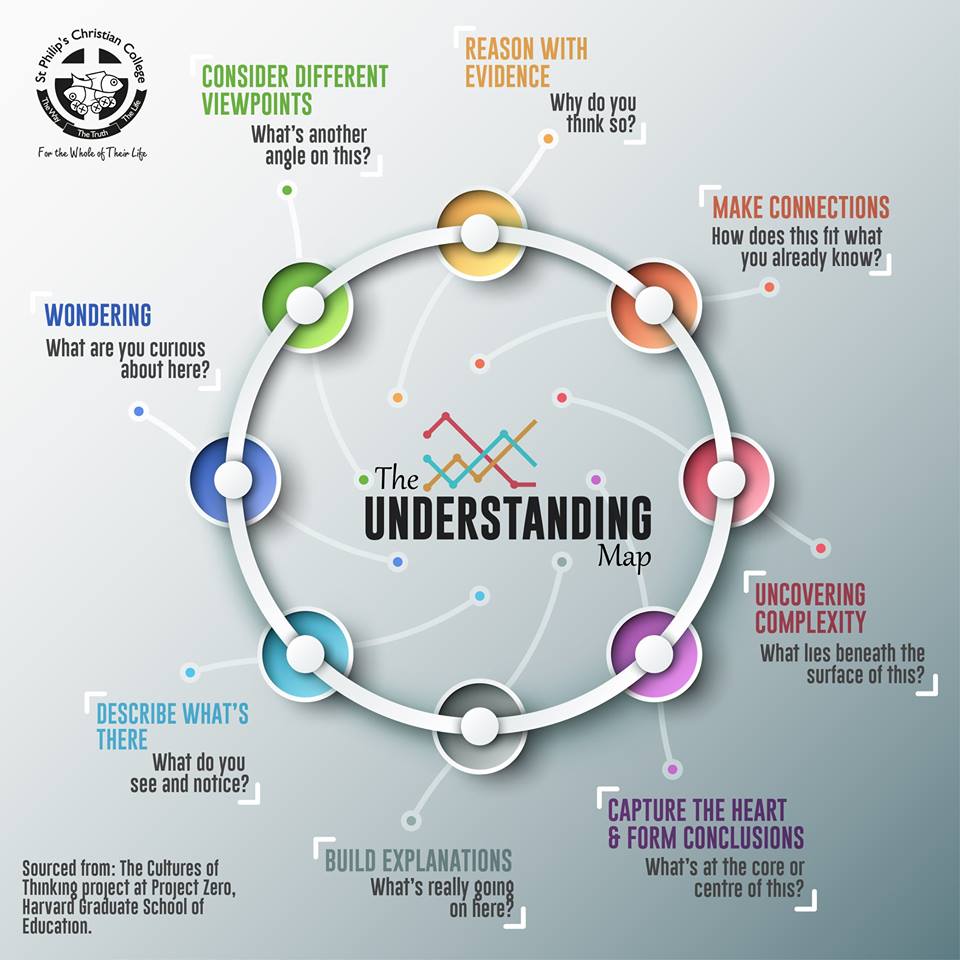

 RSS Feed
RSS Feed